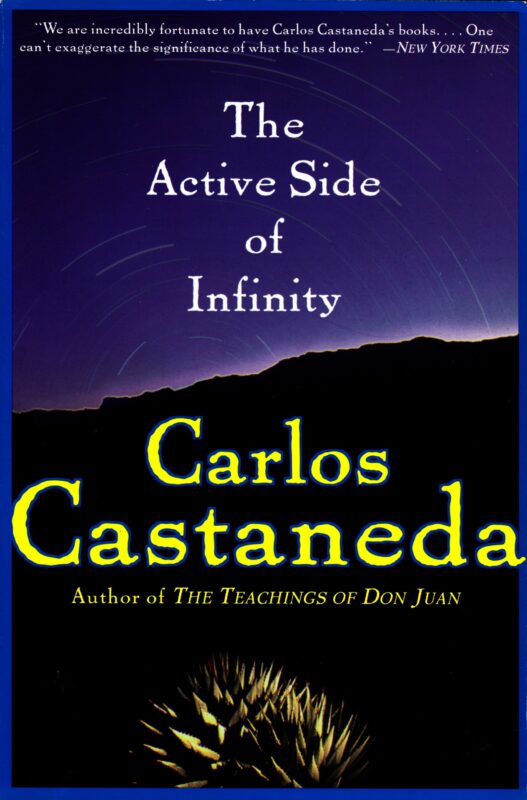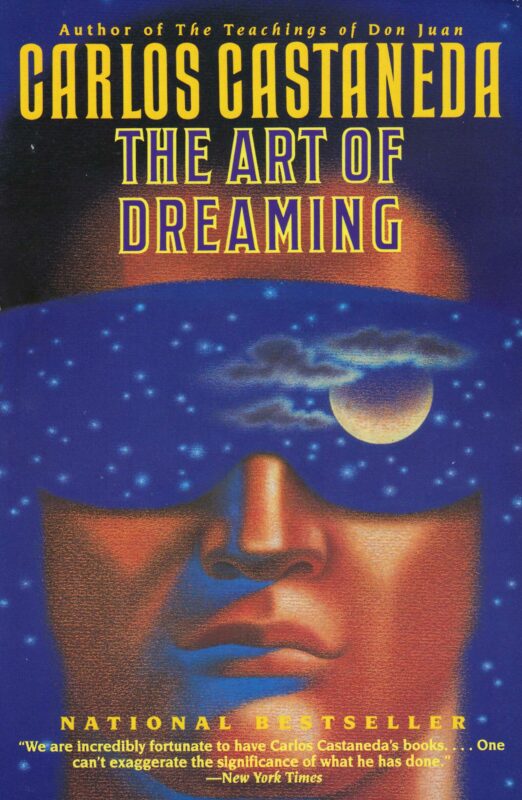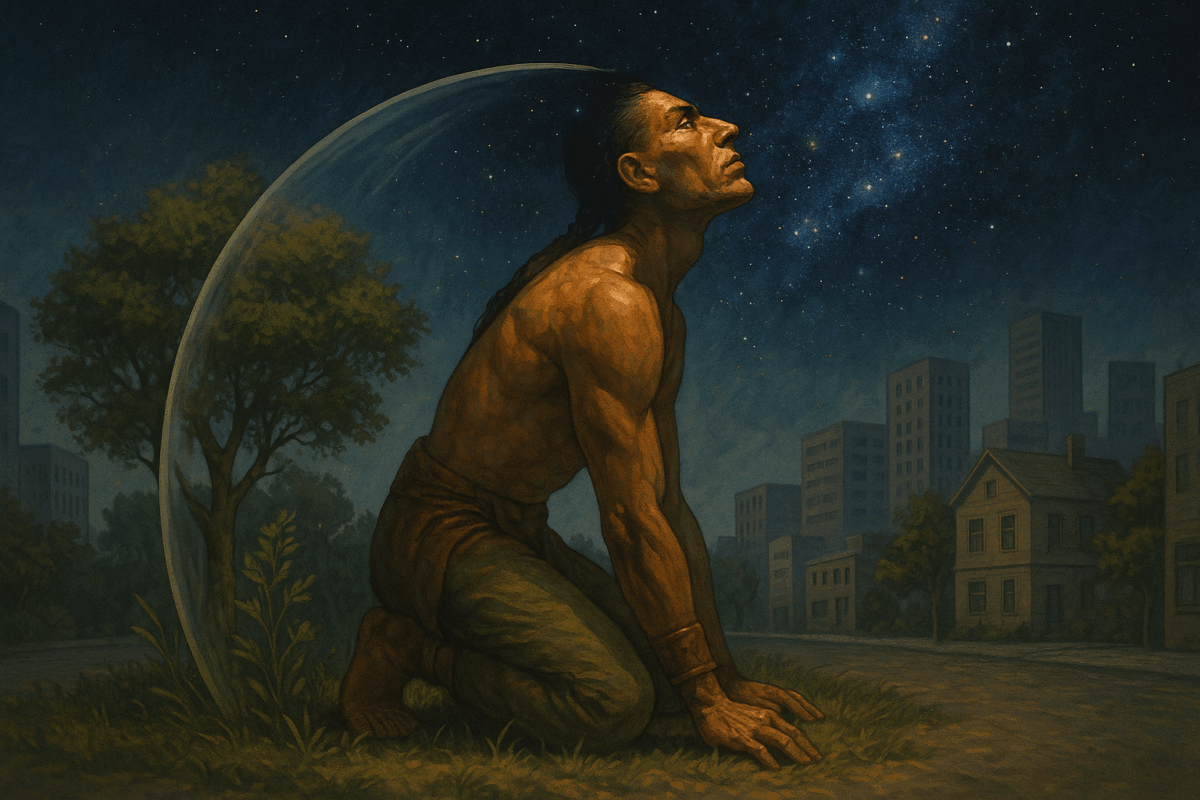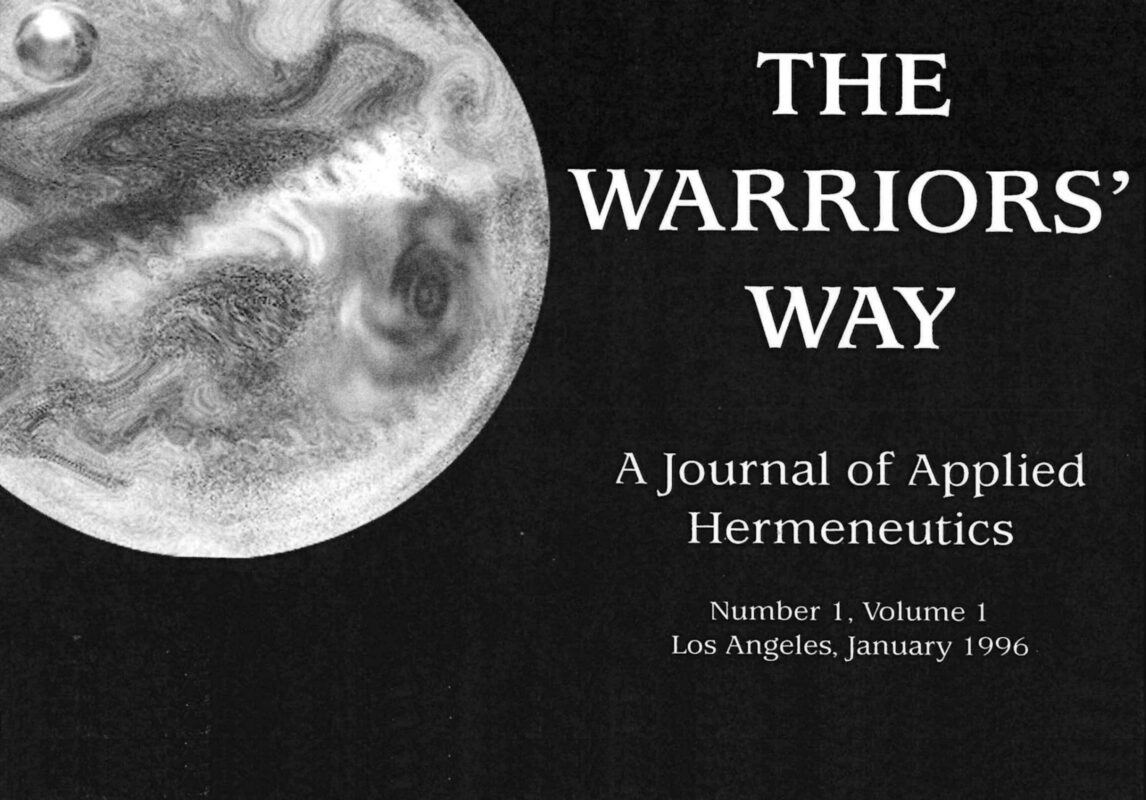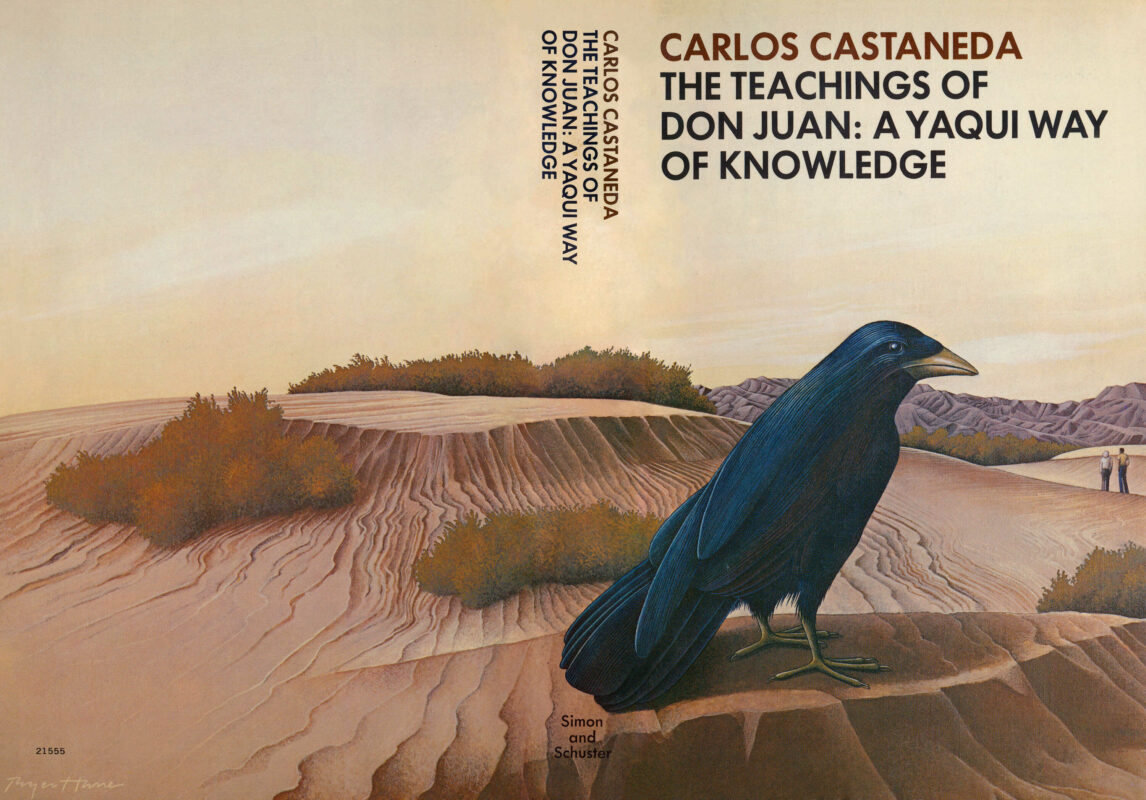The Active Side of Infinity – The End of An Era: The Deep Concerns Of Everyday Life
In this chapter, Castaneda, feeling a strange emotional agitation, seeks don Juan’s counsel. Don Juan explains that this turmoil signifies the “end of an era” in his life, as his perception shifts and his time in the ordinary world runs out. At don Juan’s request for a “formal talk,” Castaneda recounts a recent attempt to change his life by moving to a new city for summer school. There, he took a job listening to tapes of people discussing their everyday problems and was horrified to realize their self-absorbed, repetitive complaints were identical to his own, shattering his sense of individuality. His disillusionment was compounded when his boss, a psychiatrist, subjected him to a long, sordid, and self-pitying account of a failed sexual encounter. The final blow came when his pompous anthropology professor made a lewd joke in class, collapsing Castaneda’s world under the weight of the mundane’s “deep concerns.” Overwhelmed, he fled back to Los Angeles, an experience don Juan finds hilarious, explaining it as Castaneda’s old world hitting him with its tail as it comes to an end.
The Active Side of Infinity – The End of An Era: The Deep Concerns Of Everyday Life Read More »
